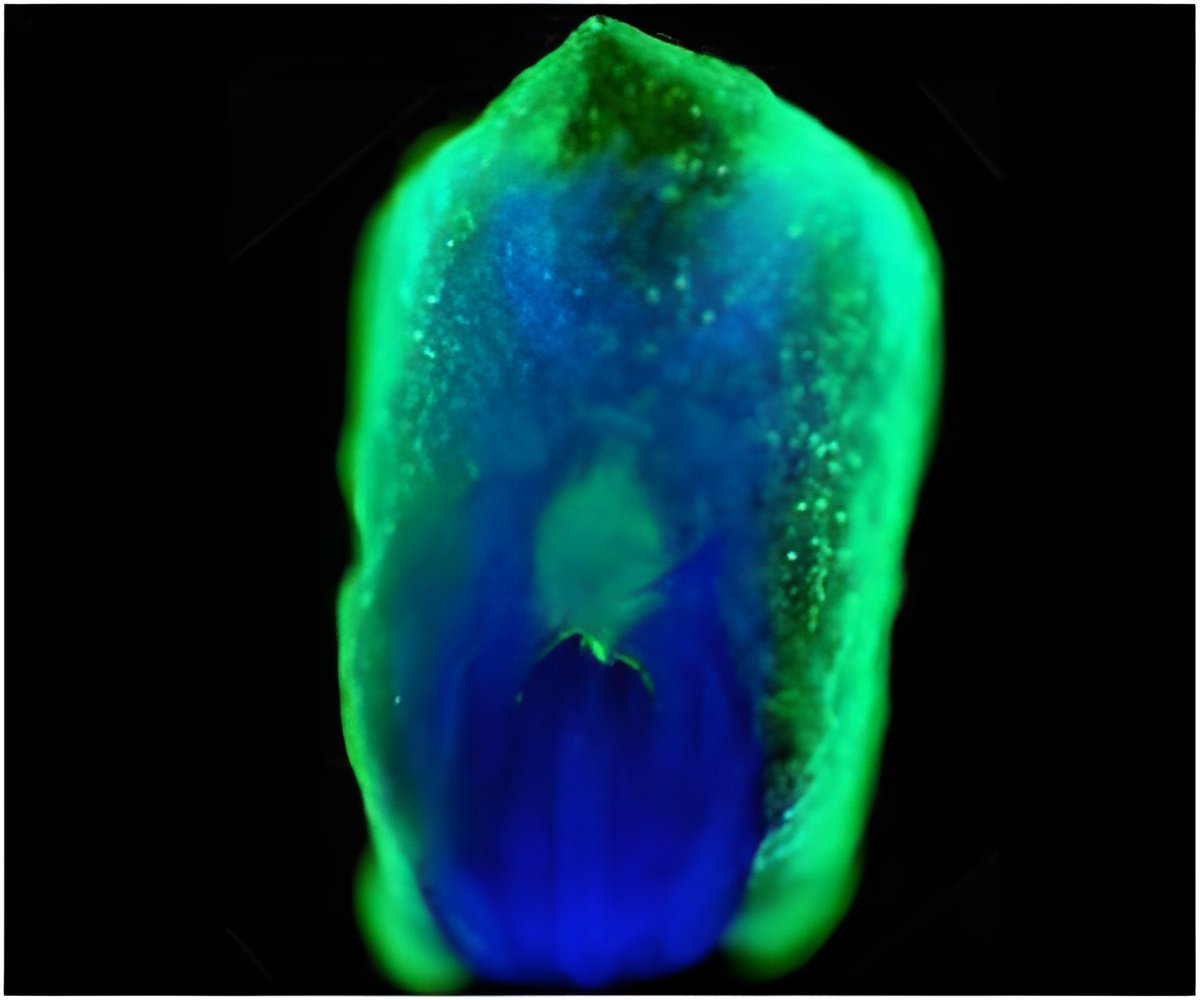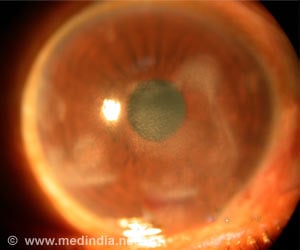
The new technique cuts out a cellular middleman. Study senior author Xiaowei "George" Xu, MD, PhD, an associate professor of Pathology and Laboratory Medicine, explains, "Through direct reprogramming, we do not have to go through the pluripotent stem cell stage, but directly convert fibroblasts to melanocytes. So these cells do not have tumorigenicity."
Changing a cell from one type to another is hardly unusual. Nature does it all the time, most notably as cells divide and differentiate themselves into various types as an organism grows from an embryo into a fully-functional being. With stem cell therapies, medicine is learning how to tap into such cell specialization for new clinical treatments. But controlling and directing the process is challenging. It is difficult to identify the specific transcription factors needed to create a desired cell type. Also, the necessary process of first changing a cell into an induced pluripotent stem cell (iPSC) capable of differentiation, and then into the desired type, can inadvertently create tumors.
Xu and his colleagues began by conducting an extensive literature search to identify 10 specific cell transcription factors important for melanocyte development. They then performed a transcription factor screening assay and found three transcription factors out of those 10 that are required for melanocytes: SOX10, MITF, and PAX3, a combination dubbed SMP3.
"We did a huge amount of work," says Xu. "We eliminated all the combinations of the other transcription factors and found that these three are essential."
The researchers first tested the SMP3 combination in mouse embryonic fibroblasts, which then quickly displayed melanocytic markers. Their next step used a human-derived SMP3 combination in human fetal dermal cells, and again melanocytes (human-induced melanocytes, or hiMels) rapidly appeared. Further testing confirmed that these hiMels indeed functioned as normal melanocytes, not only in cell culture but also in whole animals, using a hair-patch assay, in which the hiMels generated melanin pigment. The hiMels proved to be functionally identical in every respect to normal melanocytes.
Advertisement
The method could also provide a new way to study melanoma. By generating melanocytes from the fibroblasts of melanoma patients, Xu explains, "we can screen not only to find why these patients easily develop melanoma, but possibly use their cells to screen for small compounds that can prevent melanoma from happening."
Advertisement
Source-Eurekalert















